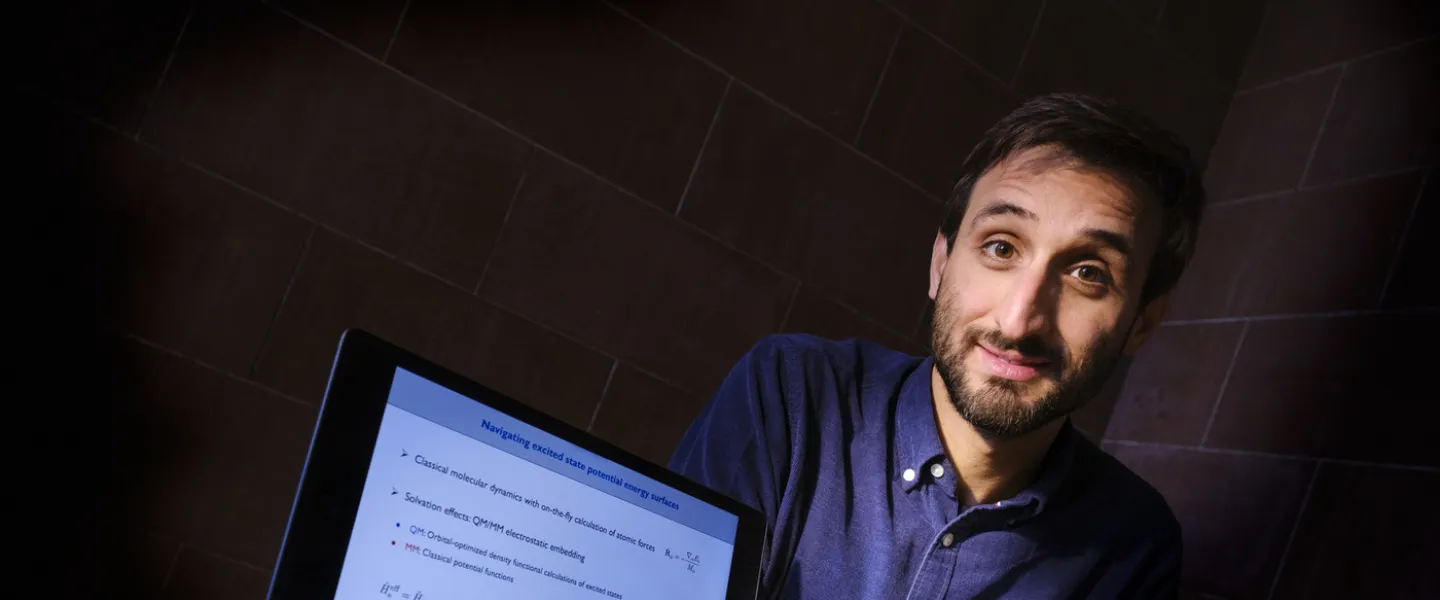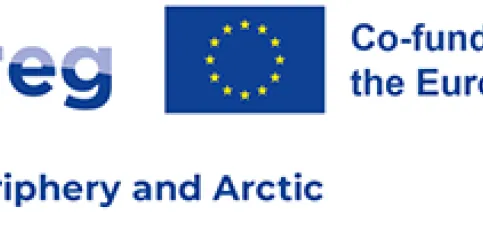
Gianluca Levi, a postdoctoral chemistry researcher at the UI Institute of Physical Sciences, in collaboration with an international team of researchers, has been awarded a grant from the European Research Council (ERC) of EUR 1.5 million, equivalent to almost ISK 230 million. This funding will support the development of new methods to help us more effectively harness solar energy. This is the ninth grant that UI scientists have received from the ERC in recent years.
The project is titled “New excited state methods for overcoming challenges in sunlight conversion” (NEXUS) and will run for five years. Basic research projects such as NEXUS are the origin of most modern discoveries and innovations.
Gianluca joined the team of Hannes Jónsson, professor at the UI Faculty of Physical Sciences, as a postdoctoral researcher in 2018 and has been working in research ever since, supported by the Icelandic Research Fund. He has now established his own research group, focusing on the theoretical modelling of excited electronic states of molecules and the experimental study of ultrafast light-induced processes involved in solar energy conversion. Molecules are said to be in an excited state when they absorb light, e.g. from the sun.
Towards more efficient methods to harness solar energy
This research explores processes involved in solar energy conversion akin to natural biochemical phenomena, such as photosynthesis, which plants use to efficiently convert solar energy. These processes involve the rearrangement of electrons and atoms in molecular structures, driven by concentrated packets of energy from the sun in the form of photons. Humans have successfully harnessed solar energy by developing solar cells and systems that mimic photosynthesis to produce energy. However, these devices are not very efficient or cost-effective, in part because we lack a thorough understanding of the processes that take place inside molecules when sunlight is converted into usable energy.
The NEXUS project aims to find out more about these processes using the latest theoretical methods developed by Gianluca and his co-workers. The goal is to gain a better understanding of how atoms and electrons react when they absorb light, including the transfer of electrons within and between molecules as well as changes in molecular structure.


